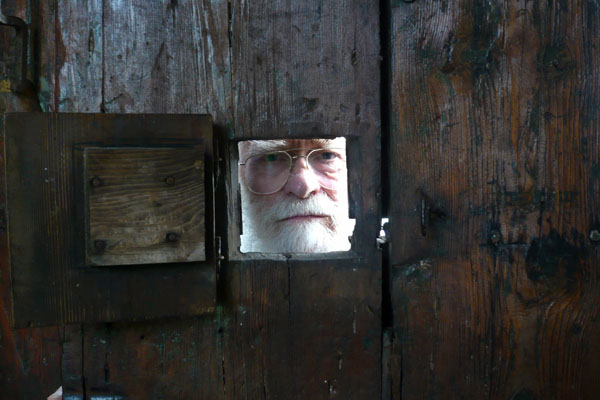

sorry, page not found

It appears the page you are looking for has been moved (most likely) or does not exist anymore. What to do?
- go to the mainpage
- use the menu on this site or
- use the sitemap option on the top of this page
colophon
co seegers
This website is compiled and maintained by Co Seegers, Amsterdam. I'm not a professional art historian, but as historian and librarian well-trained in archiving and historiography.
copyright
© COPYRIGHT texts and images: herman de vries; texts: the authors.
Use if images or texts only for strictly personal usage.
technical credits
- SEARCH, INDEX and SITEMAP by FreeFind
- THUMBNAIL viewer by Fancybox
- SLIDESHOWS by WOWSlider
- SCRIPTS by JavaScript Source
- TABS by Jack Moore